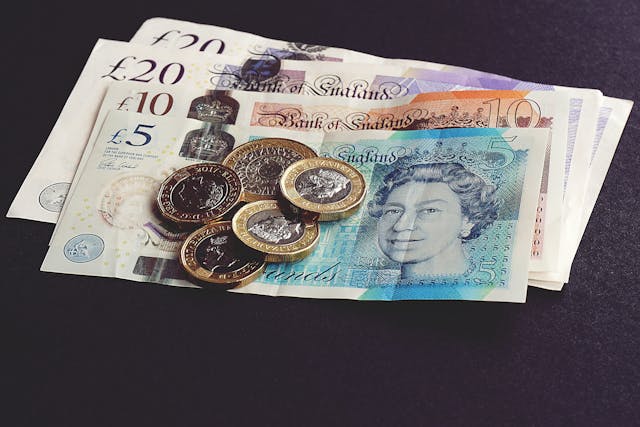Unexpected medical bills can quickly derail your finances — even if you have health insurance. Having a well-funded emergency fund is your best protection against surprise expenses.
In this guide, we’ll cover why an emergency fund is essential, how much you should save specifically for medical costs, and practical steps to build your fund in 2025 — even if money feels tight.
💡 Why You Need an Emergency Fund for Medical Bills
Even with insurance, medical emergencies can lead to:
-
High deductibles and copays
-
Unexpected out-of-network charges
-
Prescription drug costs
-
Emergency room or ambulance fees
-
Treatment for chronic conditions or unexpected illnesses
According to a 2024 survey, nearly 60% of Americans say they can’t cover a $1,000 unexpected expense without borrowing or selling something. If that expense is a medical bill, the stakes are even higher.
🎯 How Much Should You Save?
Financial experts often recommend saving 3 to 6 months’ worth of living expenses for general emergencies. But medical emergencies can be costlier.
A safe target for medical emergency savings:
-
At least $1,000–$5,000 in a separate medical fund, depending on your insurance deductible and typical health expenses.
-
Factor in family size, chronic conditions, and healthcare costs in your country.
For example, if your insurance deductible is $2,500, try to save at least that much in your medical emergency fund.
🛠️ Steps to Build Your Medical Emergency Fund in 2025
1. Set a Realistic Goal
-
Calculate your monthly expenses and insurance deductibles.
-
Set a target amount you want saved for medical bills alone.
2. Open a Dedicated Savings Account
-
Use a separate high-yield savings account or money market account.
-
Keeping funds separate helps avoid temptation and keeps you organized.
3. Automate Your Savings
-
Set up automatic transfers (even $25-$50/month adds up).
-
Treat it like a bill — non-negotiable and consistent.
4. Cut Unnecessary Expenses
-
Identify monthly expenses you can reduce or pause.
-
Redirect those savings to your emergency fund.
5. Use Windfalls Wisely
-
Tax refunds, bonuses, or gift money? Put part or all into your emergency fund.
6. Review and Adjust Annually
-
Update your fund target based on changes in insurance, family size, or health needs.
🏦 Best Places to Keep Your Emergency Fund in 2025
-
High-yield online savings accounts (2%+ APY common)
-
Credit union savings accounts with competitive rates
-
Money market accounts for easy access and higher returns
-
Avoid tying funds up in stocks or retirement accounts — you need liquidity.
⚠️ Common Mistakes to Avoid
-
Using your emergency fund for non-emergencies (vacations, gadgets)
-
Not replenishing the fund after a withdrawal
-
Ignoring rising medical costs or changes in insurance plans
-
Not having any fund at all — relying on credit cards leads to debt
💬 FAQs About Medical Emergency Funds
Q: Can I use a Health Savings Account (HSA) instead?
Yes! HSAs are tax-advantaged accounts that cover medical expenses. If you have a high-deductible plan, prioritize maxing out your HSA, then build a cash emergency fund as backup.
Q: What if I have chronic health conditions?
Increase your fund to cover multiple months of care and prescriptions. Consider additional insurance plans if needed.
Q: How fast should I build my emergency fund?
Aim for 6 months if possible, but start small and be consistent. Even saving $25/month helps.
🏁 Final Thoughts: Peace of Mind Starts Here
Medical emergencies are stressful enough without financial worries adding to the load. A dedicated emergency fund is your safety net — helping you focus on recovery, not bills.
Start today, save consistently, and build your fund in a way that fits your life. In 2025, your future self will thank you.





